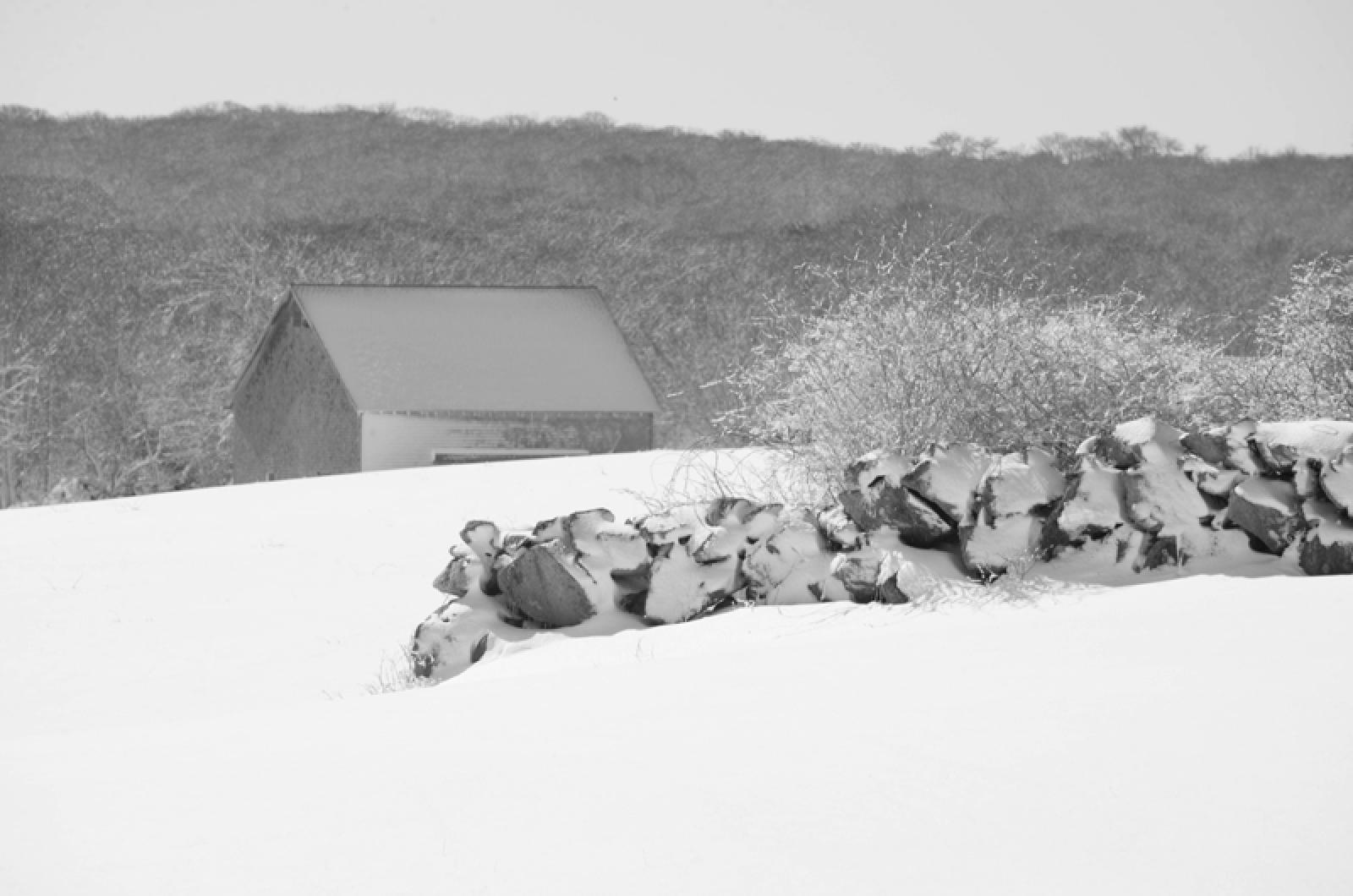This winter, if nothing else, has been very, very flaky.
The amounts of snow we have received seem rather excessive, but how much has really fallen from the sky? While it is easy to assess in inches, my mind wanders and I wonder, just how many flakes?
We’ve all heard that each and every flake is unique; though it is possible (but unlikely) that conditions could produce the same form twice. Snowflakes are created when ice crystallizes around a nucleus of water vapor or other particle. This happens high in the atmosphere and can take longer than you might think.
Scientists estimate that approximately 15 minutes are needed for a snowflake to be born and reach its physical completion. Ralph Waldo Emerson had it right, then, when he observed, “Nature never hurries, atom by atom, little by little, she achieves her work.”
Most times, a snowflake is small, averaging .04 to .08 inches across. However, individual flakes can aggregate into a larger snowflake. The largest reported flake measured an unbelievable 15 inches wide and 8 inches thick, though there are skeptics to this fact.
But back to the original question, how many flakes fell in the blizzard? Is it even feasible to figure it out? Maybe.
My research provides these numbers: in a snowstorm that dumps five inches of snow on 2,000 square miles, it has been estimated that there are 5 quintillion snowflakes. That would be 5 and 18 zeros.
Let’s convert that for our little Island and estimate that the blizzard brought about 25 inches of snow to our Island landscape which, to make it easier, is estimated at about 100 square miles. Do the math and I think we had a quarter of a quintillion flakes (25 followed by 16 zeros) in the last blizzard!
Unfathomable, right? But we can go to even more dizzying heights (perhaps where those flakes are formed) if we consider the number of molecules of water in those snowflakes. There are about 180 billion molecules of water per flake, so multiply 180 billion by the .25 quintillion flakes and you have more molecules than I care to consider!
Altogether, the planet receives 1 million billion cubic feet of snow per storm per year, so our blizzard is now put into perspective and is quite miniscule in the scheme of things.
But let’s return to a single flake. Each is magnificent to behold and worth taking some time to examine. Henry David Thoreau exclaimed of snowflakes, “How full of the creative genius is the air in which these are generated! I should hardly admire more if real stars fell and ledged on my coat. Nature is full of genius, full of the divinity, so that not a snowflake escapes its fashioning hand.” A beautiful thought.
Snowflakes have captured the imagination of many, and some have sought to bring order to their variability. A reasonably simple system of classification comes from International Association of Cyrospheric Sciences (IACS) that separated snowflakes into 10 types. These include plates, stellar crystals, columns, needles, special dendrites, capped columns, irregular particles, graupel, ice pellets, and hail. Other systems exist and are more complicated, often dividing snowflake types into more than 40 different categories.
I’ll stick to the simple. Whether counting or classifying snowflakes, I like the general comment of the Spanish king Alphonso the Wise, who explained, “If the Lord Almighty had consulted me before embarking on creation, I should have recommended something simpler.”
Suzan Bellincampi is director of the Felix Neck Wildlife Sanctuary in Edgartown, and author of Martha’s Vineyard: A Field Guide to Island Nature.




Comments (5)
Comments
Comment policy »